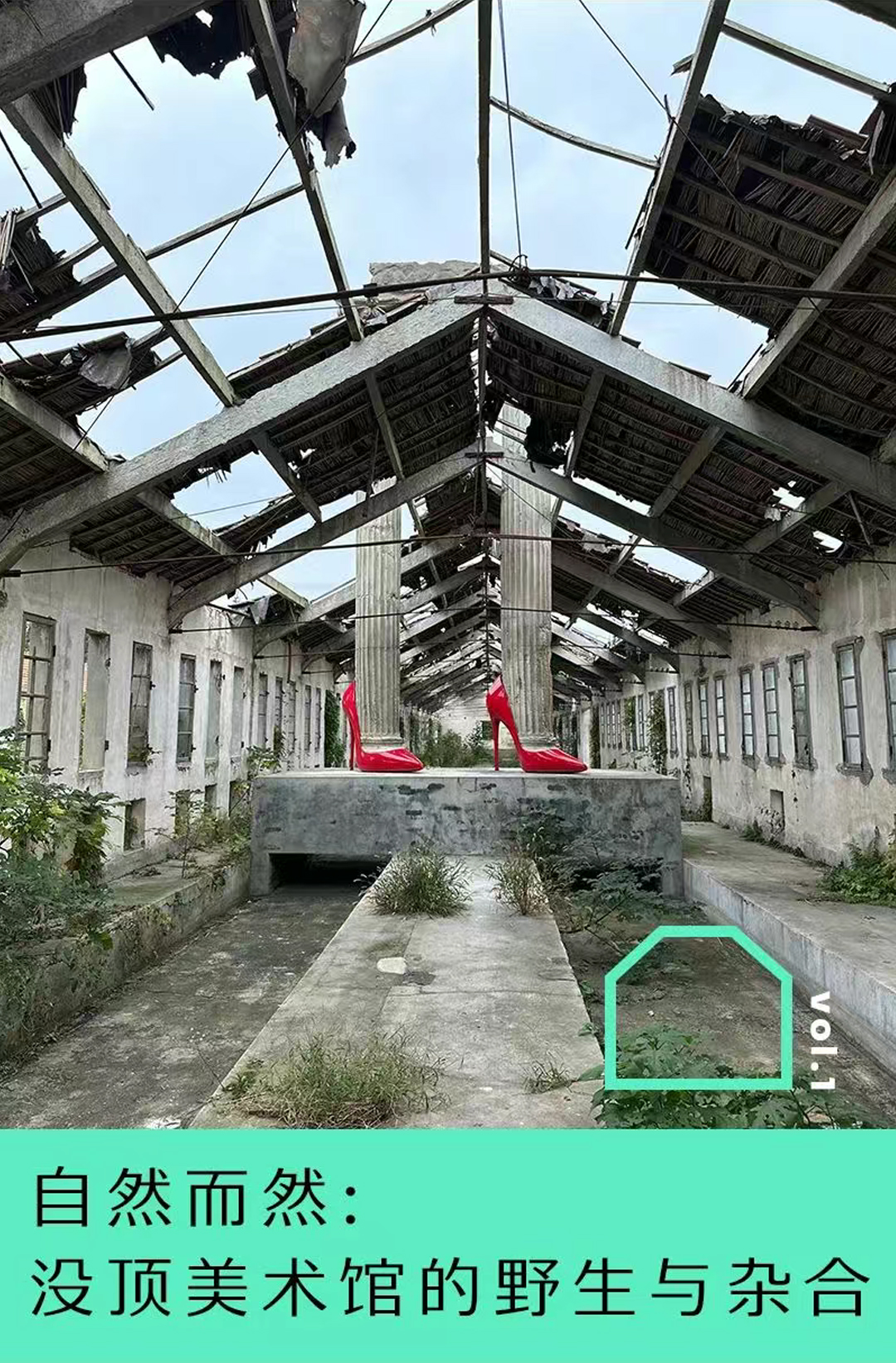
How was a wild art gallery created?
In 2018, the MadeIn Company, founded by artist Xu Zhen, established the MadeIn Park on an island, transforming a wild, overgrown area with several of Xu Zhen’s large-scale sculptures. Later, they held a group exhibition titled "Advent" at Qianshao Bay and subsequently set up the MadeIn Art Center in Lühua Town on the western part of the island. Today, the MadeIn Gallery and the Art Center are separated only by a bridge, adjacent to the Xisha Wetland Park, which preserves several typical geological relics, showcasing the ever-changing geological landscape and diverse symbiotic species of the area.
Located at the eastern end of the Yangtze River Delta, Chongming Island was formed over thousands of years through the deposition of vast amounts of sediment carried by the Yangtze River, shaped by the constant interaction of river and sea. As the largest alluvial island at the mouth of a river in China and the country’s third-largest island, Chongming boasts abundant natural resources and lush vegetation, making it an important ecological and agricultural base. When driving from the city to the gallery, crossing the Yangtze River Bridge and stepping onto the land of Chongming Island, one will notice the vegetation becoming increasingly dense, as if the greenery before their eyes has a miraculous healing effect on the chronic symptoms of urban life.
Artist Lu Pingyuan’s audio work Blue cottage greets visitors with a story about the adventures of a mosquito. The MadeIn Art Center, repurposed from three abandoned buildings, serves as the drop-off point for this journey. Commissioned by the MadeIn Company, the design firm Huolu Space renovated the exteriors of these three buildings, with red brick walls, green glazed tiles, and gray facades corresponding to the dormitory, artist studios, and exhibition hall, respectively, distinguishing their functional attributes through contrasting styles. In late autumn, the orange grove facing the exhibition hall was heavy with fruit, and visitors were welcomed by piles of freshly picked oranges. Crossing a small bridge, one arrives at the newly completed MadeIn Gallery complex—eight buildings dating back to the 1970s and vast stretches of wild grassland. Across this nearly 3,000-square-meter area, plants, insects, mud, mold, and art coexist and grow in a wild, organic manner.
The buildings, abandoned for nearly 30 years, have been preserved intact without any renovations. A main path connects the eight single-story houses, with crumbling walls, damaged roofs, and sprawling weeds making it hard to imagine this as the site of an art gallery. It is the antithesis of a refined salon-style exhibition hall or a pristine white cube space, defying all established standards and order, allowing artworks to roam freely within its hybrid body. Here, the space is filled with landscapes typically rejected by architecture, especially since modernism. Architectural scholar David Gissen refers to these landscapes as"subnature"—alternative forms of nature.
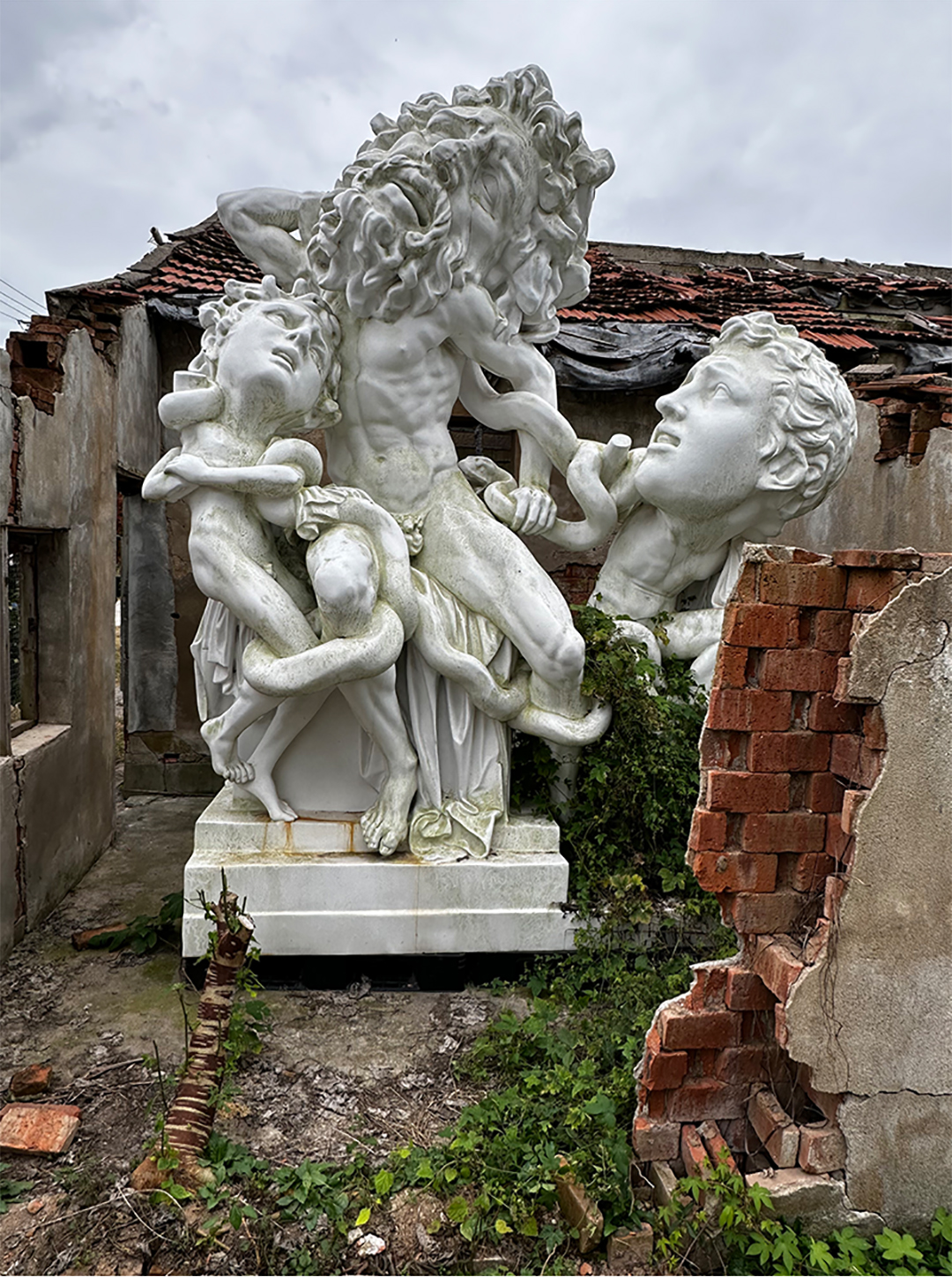
In his view, we need to pay special attention to architecture’s interaction with "subnatural" entities such as dust, mud, weeds, dampness, debris, smoke, and crowds—a historical context that makes the revival of mud and weeds interesting and aesthetically pleasing.
As part of the opening exhibition, artist Feng Zhixuan created a site-specific installation for the outdoor space titled Vast Similarity Connects All Things—A Towering Columnar Sculpture《茫茫相似贯通万物一屹立一座巨大的柱状雕塑》, using river channels and organic matter as mediums. The work stands like an eroded monument beside a ditch along the main path. At the end of the path on the lawn, Li Hanwei’s piece Economic Zone《经济区》 is assembled from dozens of tents, chairs, and assorted ready-made objects, creating a campsite for spontaneous rest. Inside the buildings, the opening exhibition’s works and Xu Zhen’s permanent exhibition Landing 1.0 are displayed alongside vines creeping through cracks, long-legged spiders scurrying across walls, and patches of fermented mold. These elements intertwine like rhizomes, coiling in a space where the wild, the urban, and the artificial converge.
In a conversation with Xu Zhen, he elaborated on the creation, operation, and vision of the MadeIn Gallery.
"I believe that today, contemporary art is perhaps the only world that allows us to escape a certain level of depression," he remarked as the interview drew to a close.
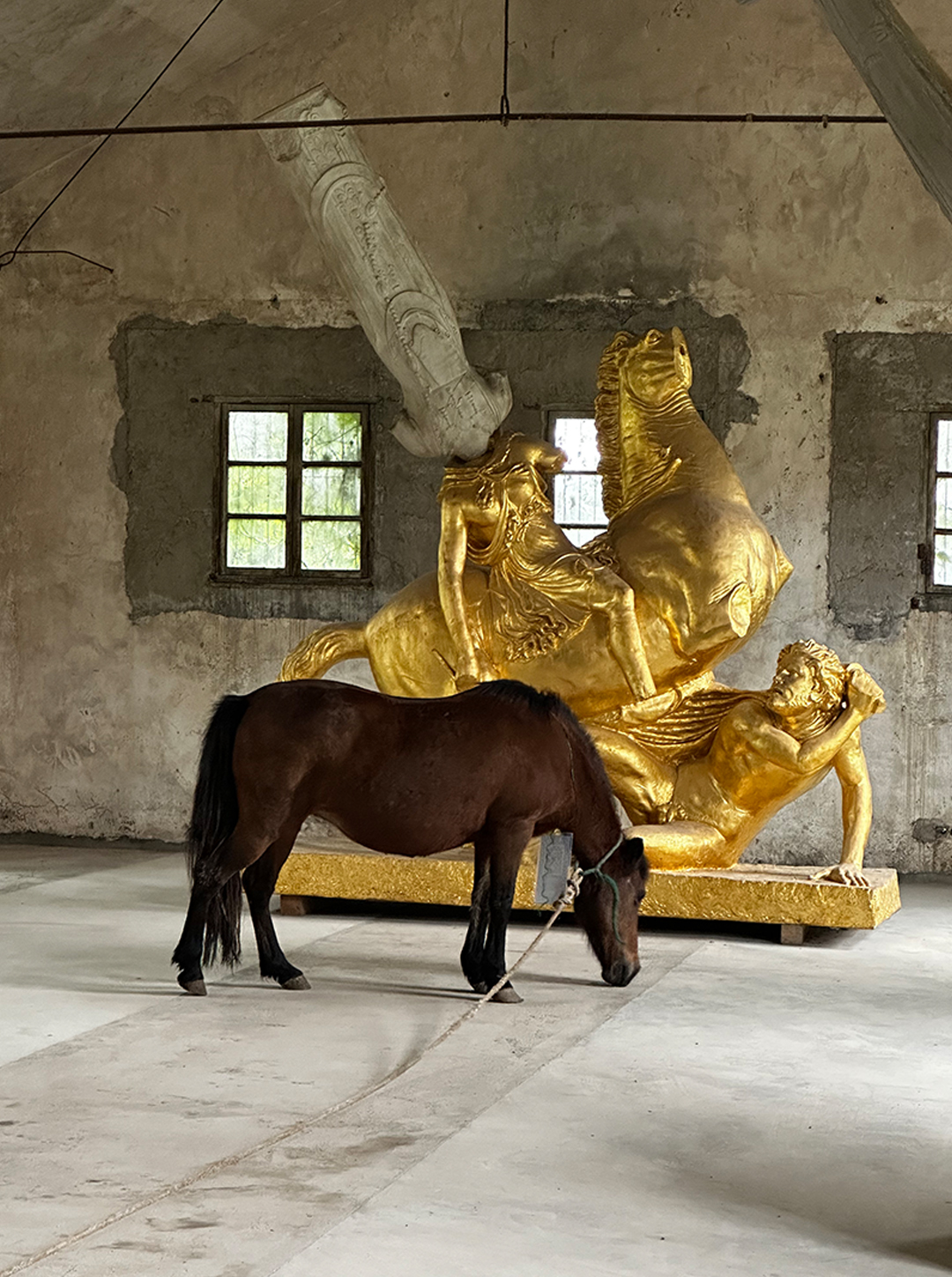
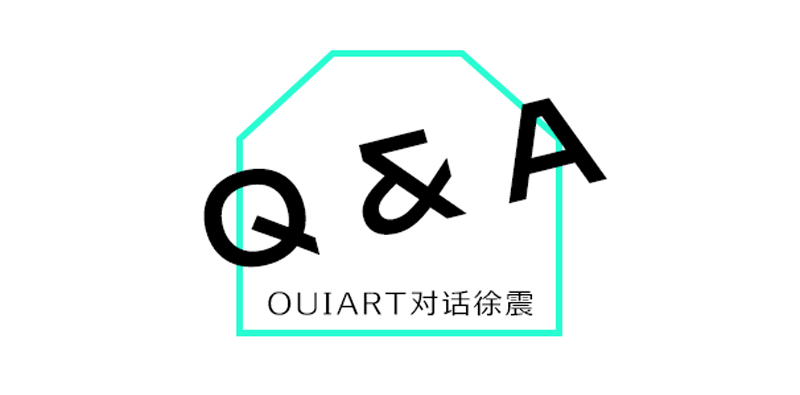
Q1
OUIART:
For the MadeIn Company, establishing the gallery space, including exhibitions and projects, on Chongming Island—is this a form of supplementation? Does it represent a shift in your exploratory direction?
Xu Zhen:
I think it’s somewhat like a supplement. Recently, many artists have come here to install exhibitions, but since there are no lights, work stops when it gets dark, and we end up chatting. My feeling is—first, this is no longer a rural area but more like the process of a city expanding its edges. Second, we’re not here for rural revitalization. Just like when we held exhibitions in places like Shanghai Plaza, it’s about going to these places to find new sensations. Artists or curators need to seek new contexts and situations to immerse themselves in these feelings. So, coming to Chongming is about letting it transform us, not about us transforming the countryside. This is a significant difference from so-called rural revitalization.
Also, some friends have asked whether we’ve considered the feelings of local residents. I’ve realized that when viewing our works, local residents exhibit the same curiosity as visitors at Shanghai Plaza. In reality, they’re also using Xiaomi phones or hand-me-down iPhones, reading news from who-knows-where. In such suburban or urban fringe areas, contemporary issues still exist. There’s no escaping or retreating from the world today; we can only find unique sensations here, share them, and collaborate on interesting projects.
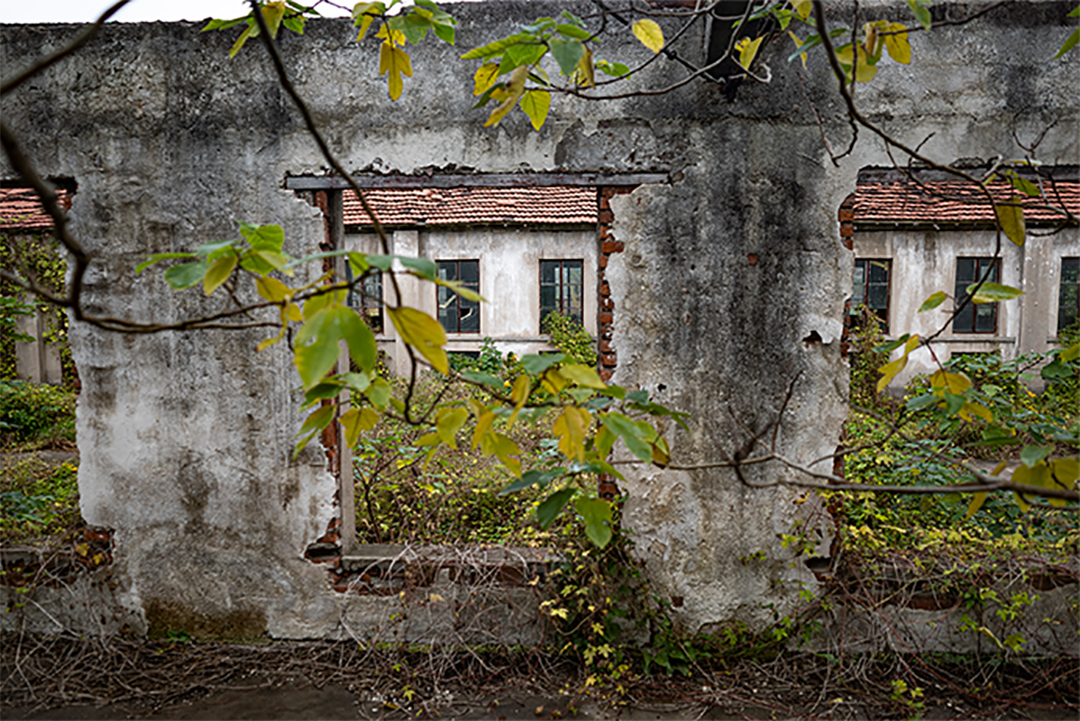
Q2
OUIART:
Can we understand that for an artist or curator, the MadeIn Gallery on Chongming Island—whether due to its geographical environment or its position at the intersection of contemporary reality and nature—provides a space with more folds and textures, stimulating greater imagination in creators?
Xu Zhen:
Yes, that’s a very accurate summary. Regarding the renovation here, what you see is our decision to barely renovate at all—that’s the fold you mentioned. Even the greenery here retains a sense of ruin. We once considered hiring gardeners or architects to redesign the space, but then we felt that turning it into a middle-class, polished, and comfortable place didn’t seem right. As an artist, it was perhaps just an intuitive feeling, so we kept the sense of ruin. Even the collapsing walls are part of its natural folds. The gallery’s identity lies in the energy and values it emits. In a way, galleries are more compromising, and since we already have a gallery, we might as well let this place stay wild.
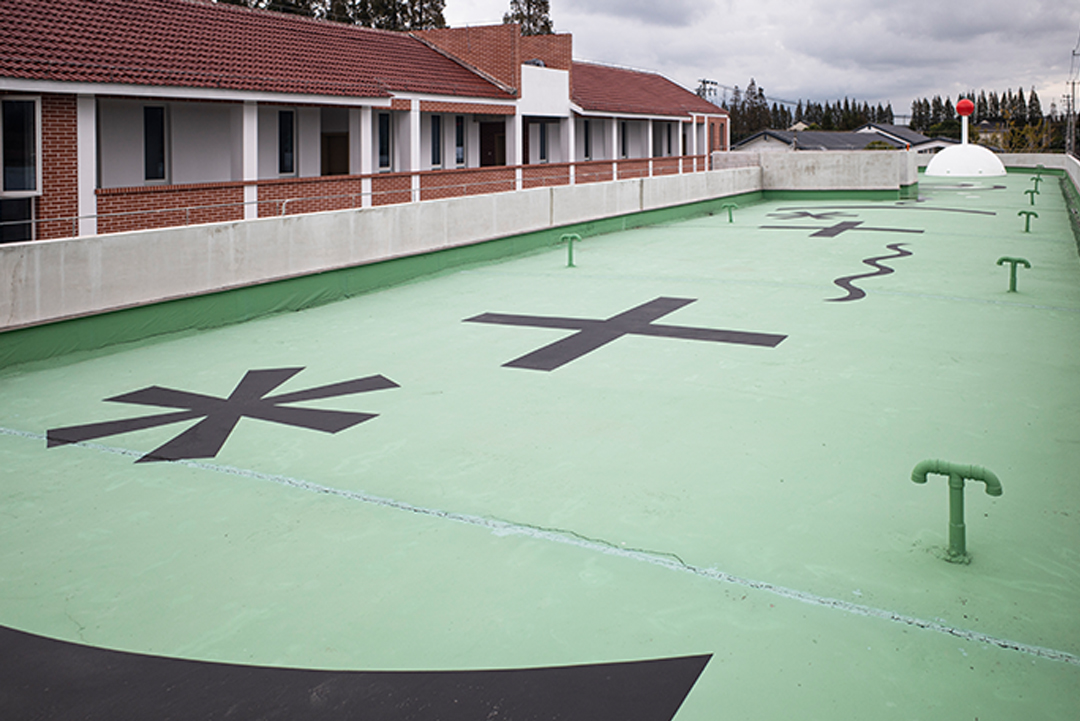
Q3
OUIART:
From an operational perspective, one question is whether the MadeIn Gallery has a basic tone for selecting exhibitions and works, or if it’s entirely open. Another question is, what considerations will guide your choice of partners in the future?
Xu Zhen:
First, we’re very open. Our gallery is also open in selecting artists, without leaning too heavily toward any particular style. Additionally, I’ve collaborated with Jin Liping for over 20 years, starting with the non-profit BizArt Center. Our approach has always been art-driven, ensuring the institution operates smoothly. From my experience, most artists prefer challenges, strong unknowns, and the ability to define the meaning of things themselves, rather than relying on institutional curators or gallery owners.
Much of my work is collective. For this exhibition, some artists are students, some are emerging, some are in residency, some are represented by our gallery, and some by others—but everyone gets along, creating a group dynamic. I grew up in such collectives, developing without rigid goals. Sometimes, I feel people today are too goal-oriented, unlike the more relaxed approach we had early in our careers. Amid so much anxiety, people need an outlet, and Chongming Island serves as one. Today, while people are full of barriers and misunderstandings, they’re also extremely anxious. Our choice reflects the times—it’s not proactive but more like pathfinding, leading us collectively to this outcome. Things might change in a few years, but it’s all part of a natural and spontaneous system.
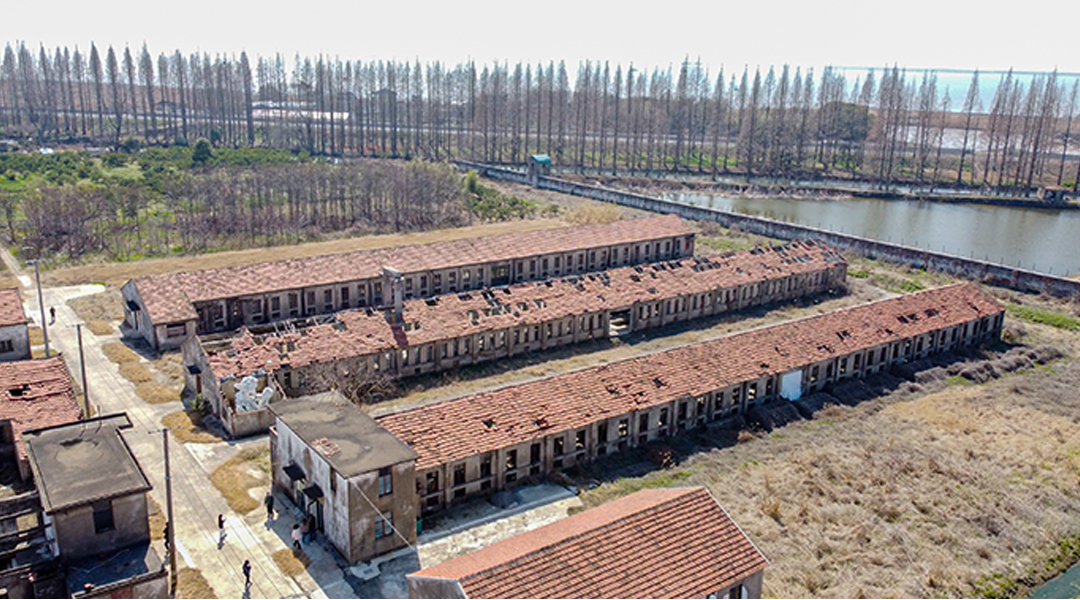
Q4
OUIART:
So when people emphasize the gallery’s natural ecology, it’s not just about the external natural environment?
Xu Zhen:
Right, it also includes the industry, the system… the entire art ecosystem. When discussing ecology, it’s often the result of political systems, management methods, ethnicity, and culture—all of which shape the ecology. So the concept of ecology today is holistic, ranging from ideology to the influence of art institutions.
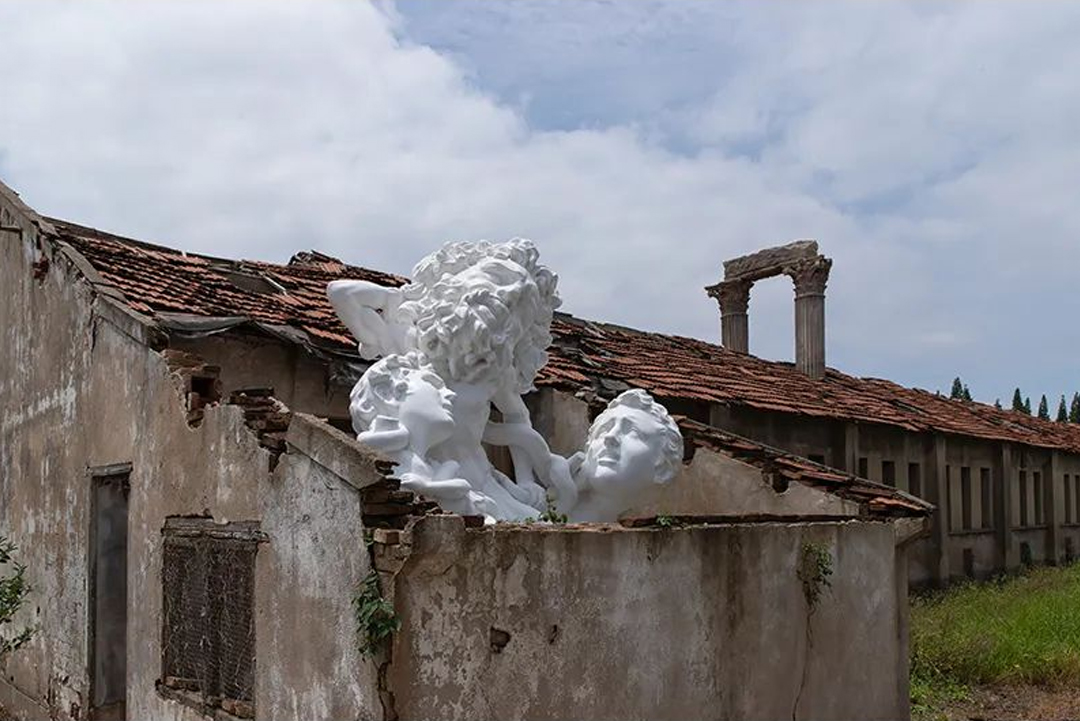
Editor:Simone Chen
Writer:李素超
Image provided: MadeIn Gallery
Partial Photographer:罗浩、Simone Chen
Designer:Milkshake








